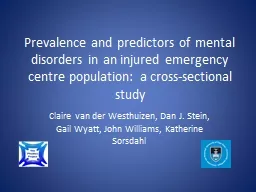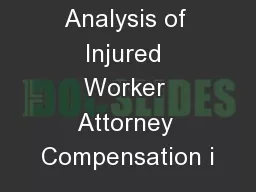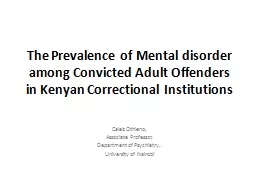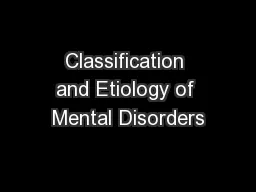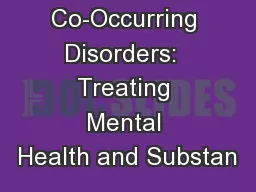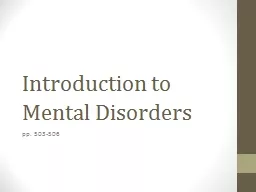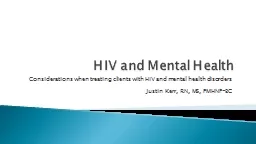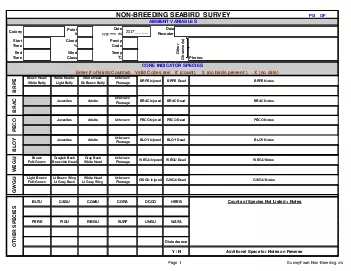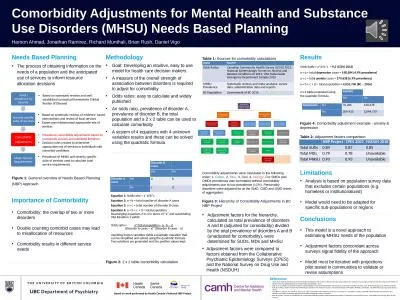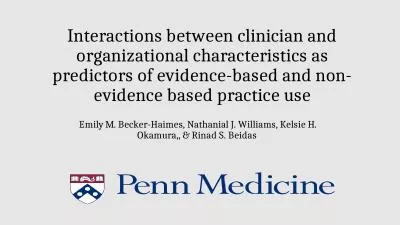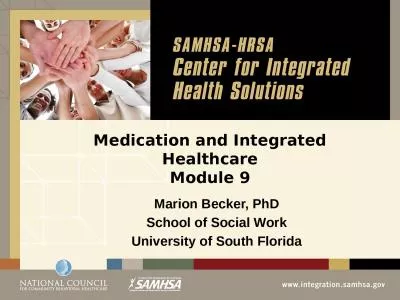PPT-Prevalence and predictors of mental disorders in an injured
Author : pamella-moone | Published Date : 2016-08-04
centre population a crosssectional study Claire van der Westhuizen Dan J Stein Gail Wyatt John Williams Katherine Sorsdahl Presentation outline Introduction
Presentation Embed Code
Download Presentation
Download Presentation The PPT/PDF document "Prevalence and predictors of mental diso..." is the property of its rightful owner. Permission is granted to download and print the materials on this website for personal, non-commercial use only, and to display it on your personal computer provided you do not modify the materials and that you retain all copyright notices contained in the materials. By downloading content from our website, you accept the terms of this agreement.
Prevalence and predictors of mental disorders in an injured: Transcript
Download Rules Of Document
"Prevalence and predictors of mental disorders in an injured"The content belongs to its owner. You may download and print it for personal use, without modification, and keep all copyright notices. By downloading, you agree to these terms.
Related Documents

